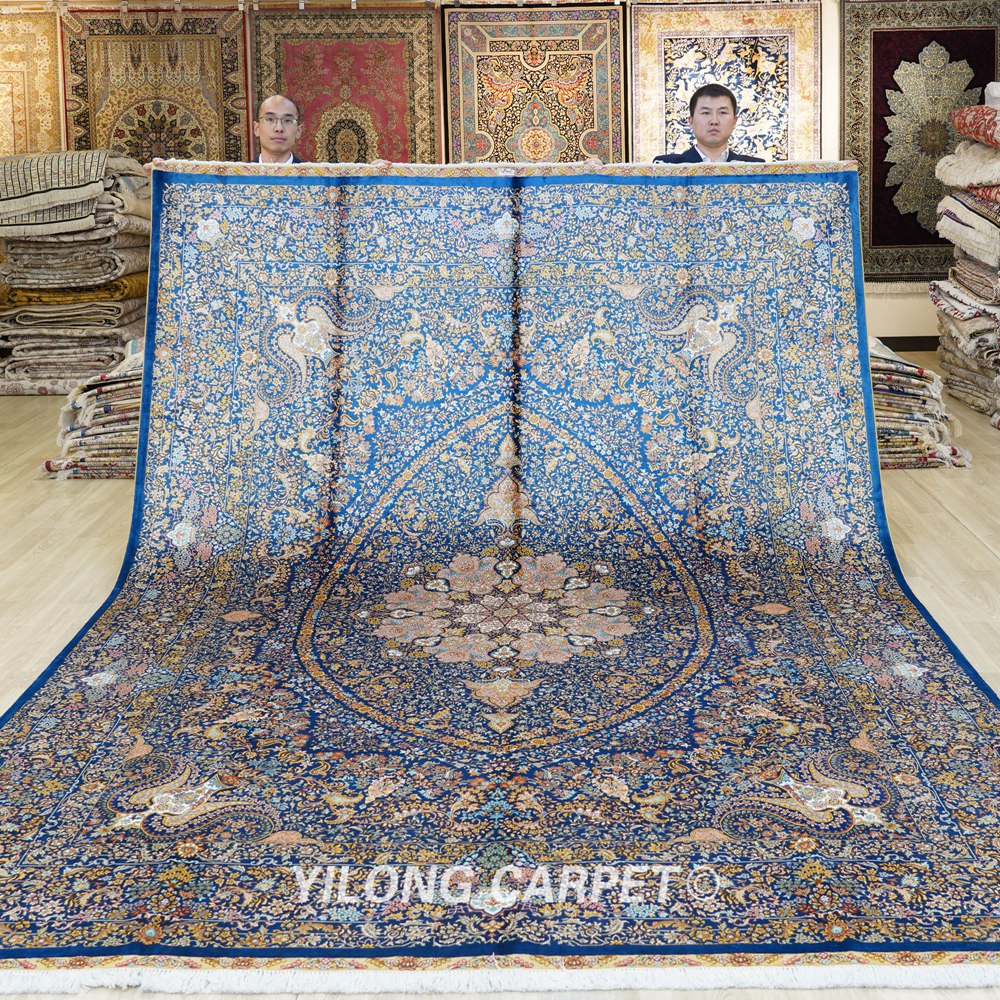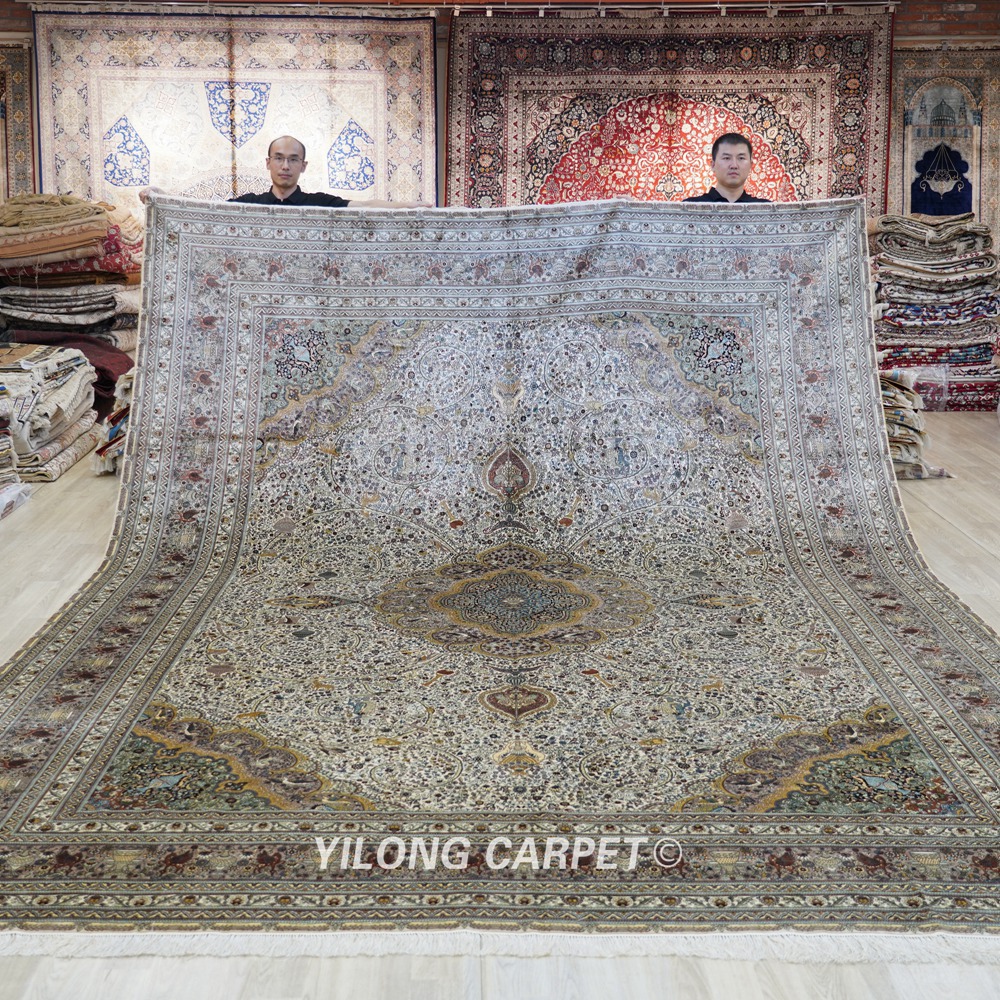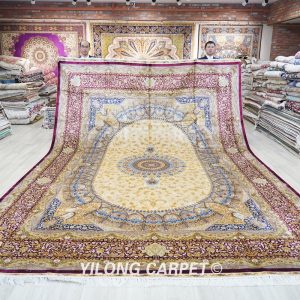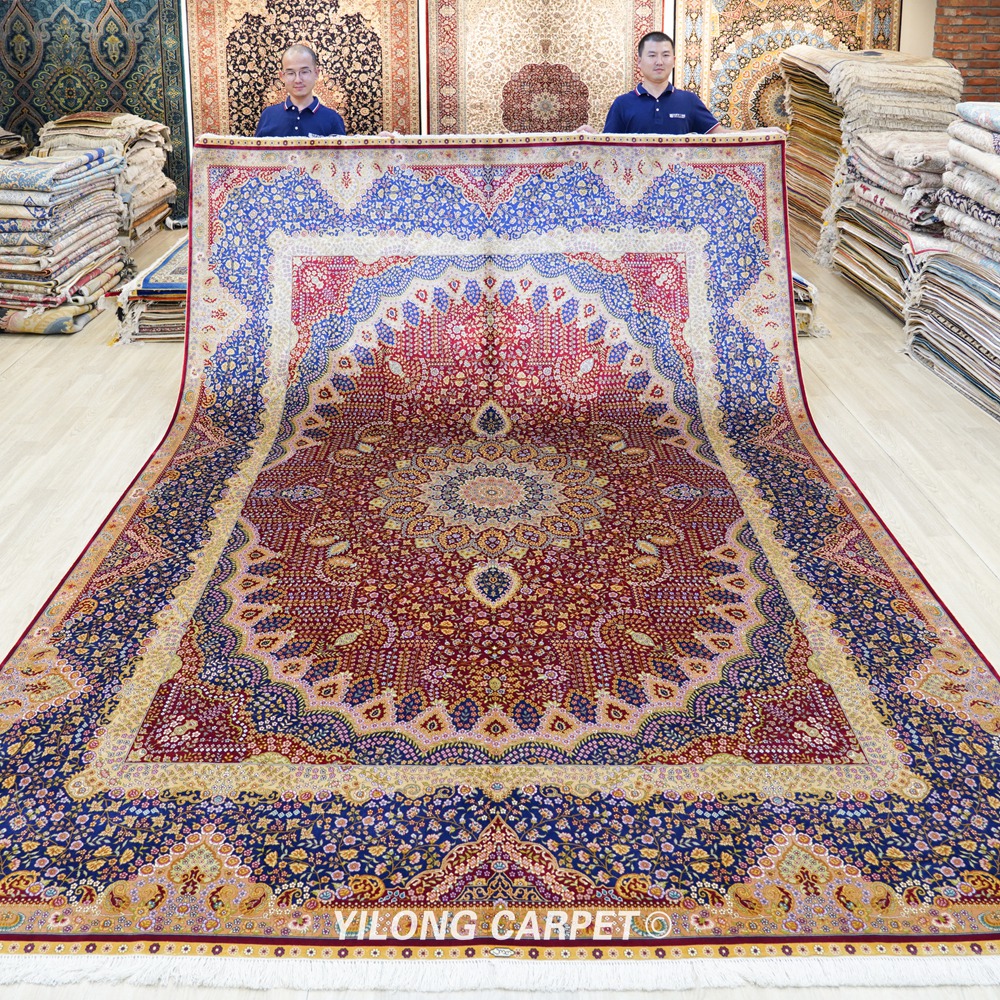Among many carpet types, hand-knotted carpets stand out for their high prices, and their exceptional durability is one of the key reasons for this high price. The Pazyryk rug, the world's oldest surviving carpet, is a masterpiece of hand-knotted weaving.
Unearthed from a burial site in Novosibirsk, Russia, dating back to the 4th century BC, it has survived over two thousand years, silently telling the story of the past. Overseas, hand-knotted carpets in many families have witnessed the lives of generations, transcending the ordinary carpet to become a faithful record of time.
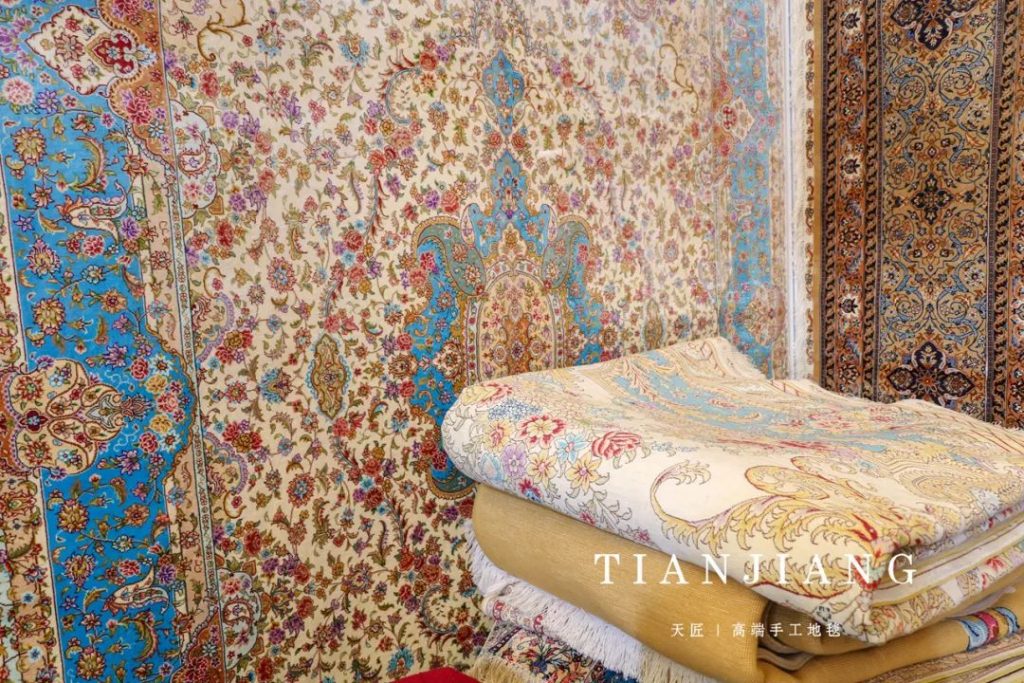
The durability of hand-knotted carpets stems primarily from their unique structure. Each hand-knotted carpet is meticulously constructed from a base and a pile. The base acts as a stable framework, serving as the warp threads that hang on the loom; the pile is the knotted knots that the weaver skillfully ties onto the warp threads. The interweaving of warp and weft gives hand-knotted carpets exceptional strength and durability, creating a tight structure that resists unraveling. Furthermore, handmade carpets around the world incorporate unique techniques to enhance their strength. For example, in the Bijar region of Iran, local weavers inventively wet the yarn before knotting it during the weaving process. Once the carpets dry, they become incredibly strong, earning them the nickname "iron carpets," a vivid reflection of their durability.
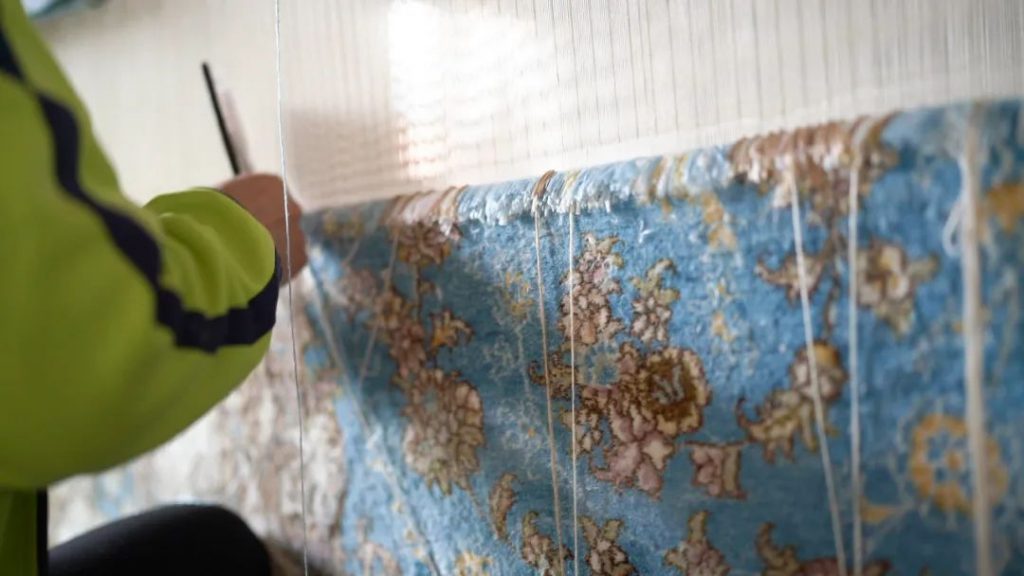
Before purchasing a handmade carpet, many worry about whether it's delicate, difficult to care for, or difficult to clean. In reality, handmade carpets are among the easiest to clean. After weaving, each handmade carpet undergoes a rigorous cleaning process, repeated multiple times before being aired. Some carpets can take up to three weeks to clean just for this process.
For this reason, if your handmade carpet gets a little wet during daily use, there's no need to worry, as cleaning is an integral part of the production process. Even small stains can be easily cleaned at home with water. Handmade carpets' washability means surface stains won't affect their use, extending their lifespan.

If you're lucky enough to see an antique carpet, you'll be captivated by its unique texture. Compared to newly woven handmade carpets, antique carpets appear to be coated in a mysterious luster, much like the patina that forms on mahogany furniture over time.
Every step you take on a handmade carpet acts as a gentle polish. As a result, handmade carpets are not only resilient to wear but, with each step, they radiate a captivating luster, adding a unique charm that truly becomes more beautiful and enduring with use.
Handmade carpets are meticulously selected for their materials, typically made from natural silk and wool. Silk, used in carpets, possesses many excellent properties: strong rigidity, good stretchability, corrosion resistance, and a certain degree of moisture absorption, making it an ideal material for durable carpets. Wool, on the other hand, boasts a unique scale structure, offering excellent resilience and flexibility, ensuring it maintains its beautiful appearance over time while also offering exceptional durability. The use of natural materials lays a solid foundation for the durability of handmade carpets.
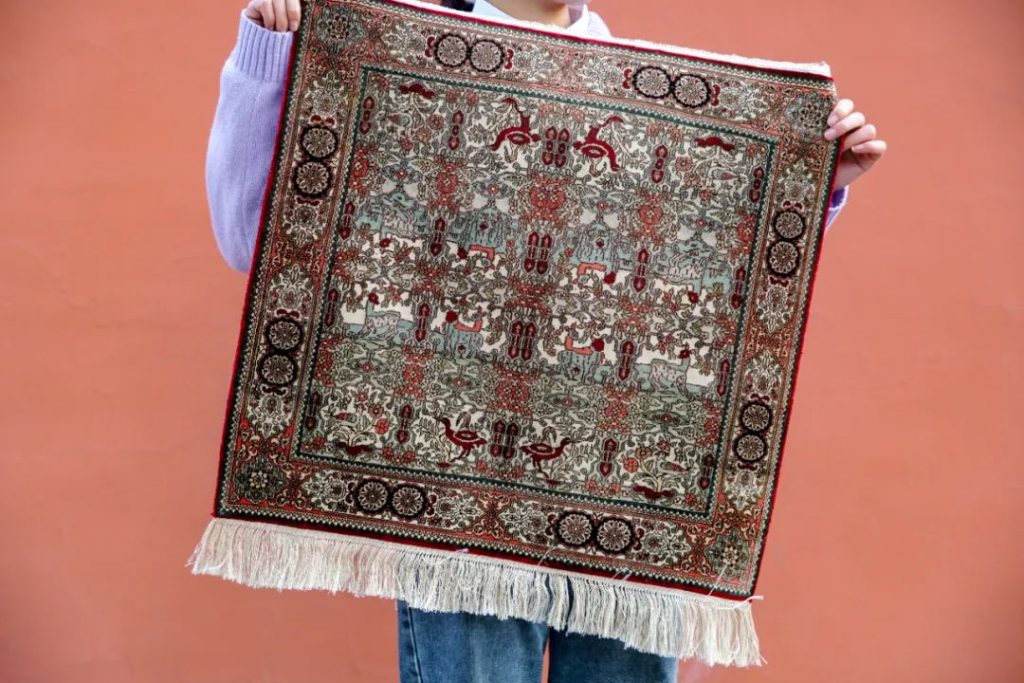
Once, a seller came to me with a damaged carpet to be repaired. When we asked him why he didn't buy a new one, he said with emotion, "I crawled on this rug as a child, and my children still crawl on it now. I can't bear to part with it." This durable handmade rug carries warm family memories and bears witness to the family's growth and inheritance. It not only accompanies a person's life but also becomes a cherished memory shared by the family. How could one not love it?
Hand-knotted rugs, with their durability as their foundation, combine exquisite craftsmanship, easy cleaning, unique beauty, natural materials, and deep emotional value, becoming a shining pearl in the rug world, worthy of our careful cherishment and appreciation.

